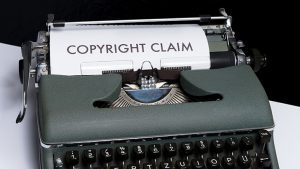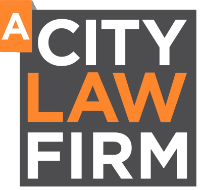
Many people are not aware that, generally speaking, these images are protected by copyright law. This means that if you are using these images, you will normally require the permission of the copyright owner/s.
Images that can command copyright include:
- Diagrams
- Illustrations
- Images developed from film and subsequent digital images of them
- Digital photos
It is worth noting that the copyright symbol (©) does not have to be present for copyright to exist. Therefore, even if an image does not have the symbol, do not assume that copyright protection is not afforded to it.
Some sites on the Internet offer images free of copyright protection. However, a large proportion of images that you can find on the Internet are likely to be protected by copyright. It means that it is only safe to use said images if you have a licence from the copyright owner. It is also worth checking the terms and conditions of any agreement/website to see if the use of certain images is acceptable.
How long does copyright in images or photos last?
In the UK copyright protection over an image starts on its creation. In general terms, copyright will last for the life of the creator +70 years from the end of the year in which the creator dies. This means that, generally speaking, images that are less than 70 years old are guaranteed to be afforded copyright protection.
Do I always need permission to use an image?
To be on the safe side, you should always assume this. However, sometimes permission will not be required from the copyright holder:
- If the copyright has expired
- If the use is for private study or non-commercial research (although this is not always the case for photographs)
If you need to get permission to use an image that is protected by copyright, you must get this permission from all copyright owners. In some cases, this will be simple as contacting an owner directly, via an organisation or through a platform to get said permission. In other cases, it may be extremely difficult to track down copyright owners and help should be sought.
The creator of copyrighted work normally has the right to be acknowledged when their work is used. If you’re unsure whether or not they have asserted this right, always provided acknowledgement when using the work.
Risks when infringing copyright
If you infringe copyright, several courses of action can be taken against you. The copyright owner may ask you to purchase a license or enter into some other form of commercial agreement. They could bring a claim against you in court for infringement. However, they should speak to you first before issuing in court, but this can never be guaranteed.
Court cases are often expensive. In the majority of cases, the owner of copyright will win. It means the person infringing on the copyright will be forced to pay the owner a sum of money to use the photo, plus legal costs of themselves and the copyright owner. They could even be further financial compensation costs.
Even after this payment, the court may order the infringer to take down and destroy all copies of the image in question. In certain situations, the breach of copyright is a criminal offence. Therefore, it is paramount that you ensure you can use an image freely before you use it.
It is worth highlighting that you should beware of websites that offer images without copyright. You must be satisfied that these sites are legitimate and that you or indeed they, have the requisite licence to use the image. It is not often enough to overcome a copyright claim just because you thought the image was fine to use.
What to do when warned of a breach?
If someone writes to you identifying a potential copyright breach, we recommend you take the image in question down immediately, pending an investigation. You should then review how you acquired the image. If you can show legitimate ownership, write back evidencing this.
If, however, you cannot do this, the first step might be to make a settlement offer to resolve the issue. Try to highlight that you have made no commercial gain from using the image to detail and that the owner has had no real loss. You can agree to cease using the photograph and pay an agreed commission. Alternatively, you might be able to agree to an ongoing licence and fee to continue use.
Conclusion
Copyright can be a complicated area of law and can be very costly if ignored. Therefore, if you are unsure, you should always seek professional advice to ensure you limit your liability/exposure to risk.
If you create and publish your own images, you can embed code in an image to detect them. It makes it easier to identify them, and you can likewise take action to protect your copyright.
Feel free to reach out to the experienced and friendly Team here at ACLF if you have any questions or need help navigating the complexities of the wider intellectual property world.

Karen Holden is the Managing Director & Founder of A City Law Firm who practise both commercial law and litigation, having been admitted to the roll in 2005. If you require further advice or assistance, please do not hesitate to contact [email protected]
A City Law Firm Limited is a leading entrepreneurial law firm in the city of London, with a dynamic and diverse team of lawyers. It was awarded most innovative law firm, London 2016 and Business Law firm 2017. They specialise in start-up business law, the tech industry, IP and investment.

























